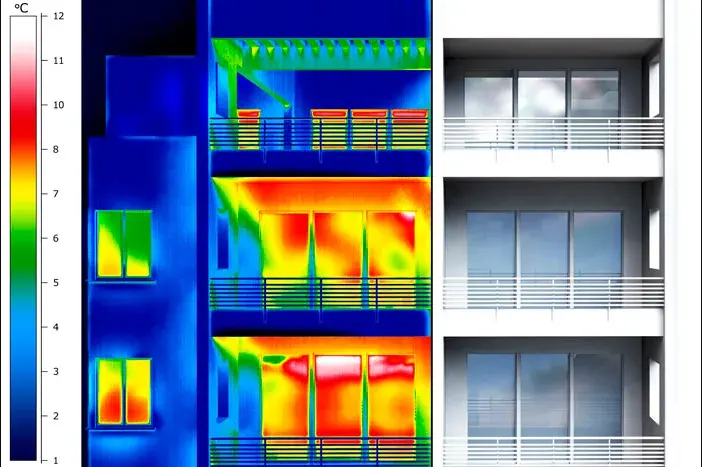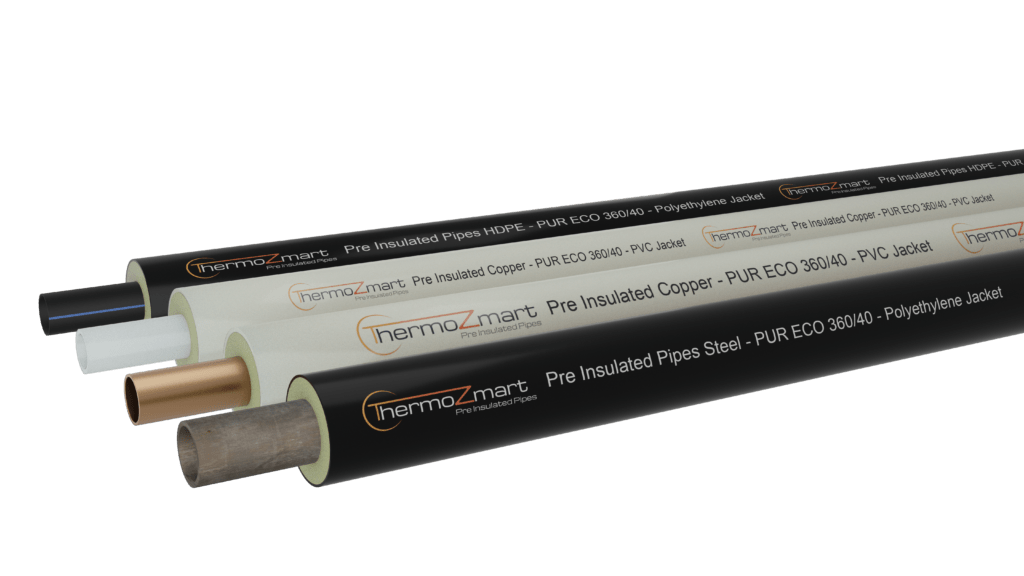

Thermal Bridges and Their Impact on Air Quality
Thermal bridges in pipe systems are not just heat leaks; they are the Achilles' heel of energy efficiency. These phenomena trigger a chain of events that dramatically affect the air quality in a confined space. In a recent study, it was demonstrated that the presence of thermal bridges can cause energy costs to soar by 30%.
Risks Associated with Ignoring Thermal Bridges
Ignoring thermal bridges is like opening the door to a host of problems. From substantial increases in energy costs to premature equipment wear, the risks are numerous. Furthermore, condensation formation and the proliferation of mold and bacteria can result in serious health issues. An alarming fact: according to the Environmental Protection Agency, half of the energy used in HVAC systems is lost due to these thermal bridges!
Pre-Insulated Pipes as an Effective Barrier
When it comes to combating thermal bridges, pre-insulated pipes are the answer. These systems integrate insulating materials directly into the pipe structure, creating an impenetrable shield against unwanted heat transfer. The result? Less thermal fluctuations, fewer constant adjustments in heating systems, and significant savings in operating costs. Additionally, by preventing condensation and mold formation, these pipes promote a healthier and safer environment. According to the Building Research Institute, they can reduce energy losses in HVAC systems by up to 40%!
Conclusion
It's not just about efficiency, but about health, safety, and responsibility. Choosing pre-insulated pipes not only improves performance but also extends the lifespan of systems and reduces the need for maintenance. Are you ready to leave thermal bridges behind and enjoy clean and efficient air?




